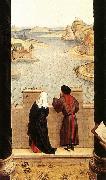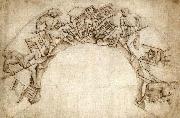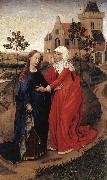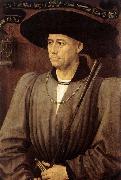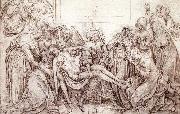
Pintura
al óleo, una gusto verdadero de los viejos maestros
|
|
|||
|
WEYDEN, Rogier van der
|
|||
| Netherlandish Northern Renaissance Painter, ca.1400-1464 | |||
|
|
|||

| |||
|
|
|||
|
|
|||

| |||
|
|
|||
|
|
|||

| |||
|
|
|||
|
|
|||

| |||
|
|
|||
|
|
|||

| |||
|
|
|||
|
|
|||
| Artista Previo Próximo Artista | |||





